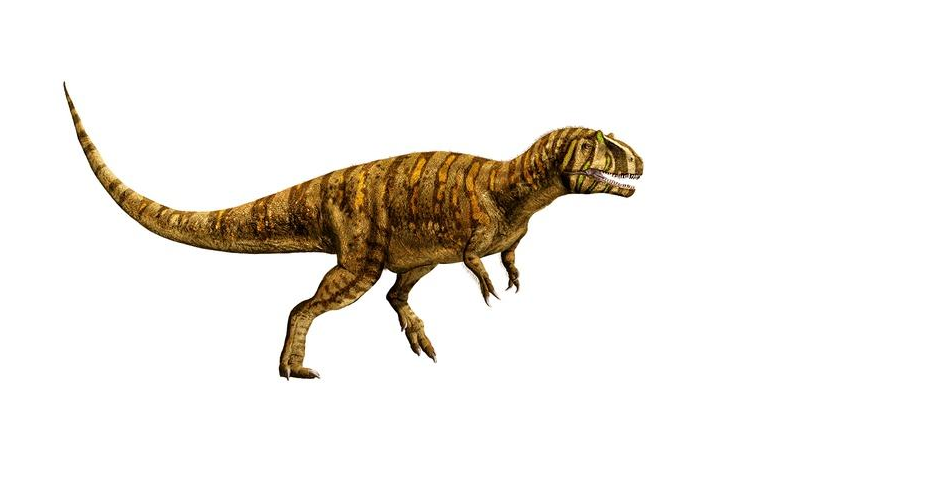Dinosaur Knowledge Tips Metriacanthosaurus
Release time:2017/11/20 11:03:00

Metriacanthosaurus was a medium-sized theropod with a femur length of eighty centimetres. Gregory S. Paul in 1988 estimated its weight at a tonne. Metriacanthosaurus was named for the height of its neural spines, which are actually not overly tall for theropods. They are similar to other theropods such as Megalosaurus, Sinraptor, and Ceratosaurus in being 1.5 times the height of the centrum.
In 1923, German paleontologist Friedrich von Huene wrote a paper on Jurassic and Cretaceous European carnivorous dinosaurs. In this paper, he examined a specimen,
OUM J.12144, including an incomplete hip, a leg bone, and part of a
backbone, assigning it to a new species of Megalosaurus: Megalosaurus parkeri. The specific name honours W. Parker who in the nineteenth century had collected the fossils near Jordan's Cliff at Weymouth. These bones were from the Oxford Clay Formation, which is from the Upper Jurassic.
In 1932, however, von Huene concluded it was species of Altispinax, A. parkeri.
In 1964, scientist Alick Walker decided these fossils were too different from Altispinax, as it lacked the long vertebral spines, and named a new genus, Metriacanthosaurus. The generic name is derived from Greek metrikos, "moderate", and akantha, "spine". Metriacanthosaurus thus gets its name from its vertebrae, which are taller than typical carnosaurs, like Allosaurus, but lower than other high-spined dinosaurs like Acrocanthosaurus.

Originally named as a species of Megalosaurus in Megalosauridae, Metriacanthosaurus was more likely a member of Metriacanthosauridae. It is thought to be related to genera such as Yangchuanosaurus, and in 1988 Paul synonymized the two genera. However, a 2007 review of British dinosaurs by Darren Naish and David Martill found that they were distinct. Metriacanthosaurus is the first genus of sinraptorid from Europe, being named before the other possibly member Lourinhanosaurus. Metriacanthosaurus is likely a member of the subfamily Metriacanthosaurinae.
Below is a simplified cladogram of Tetanurae by Matthew Carrano et al.
from Wikipedia